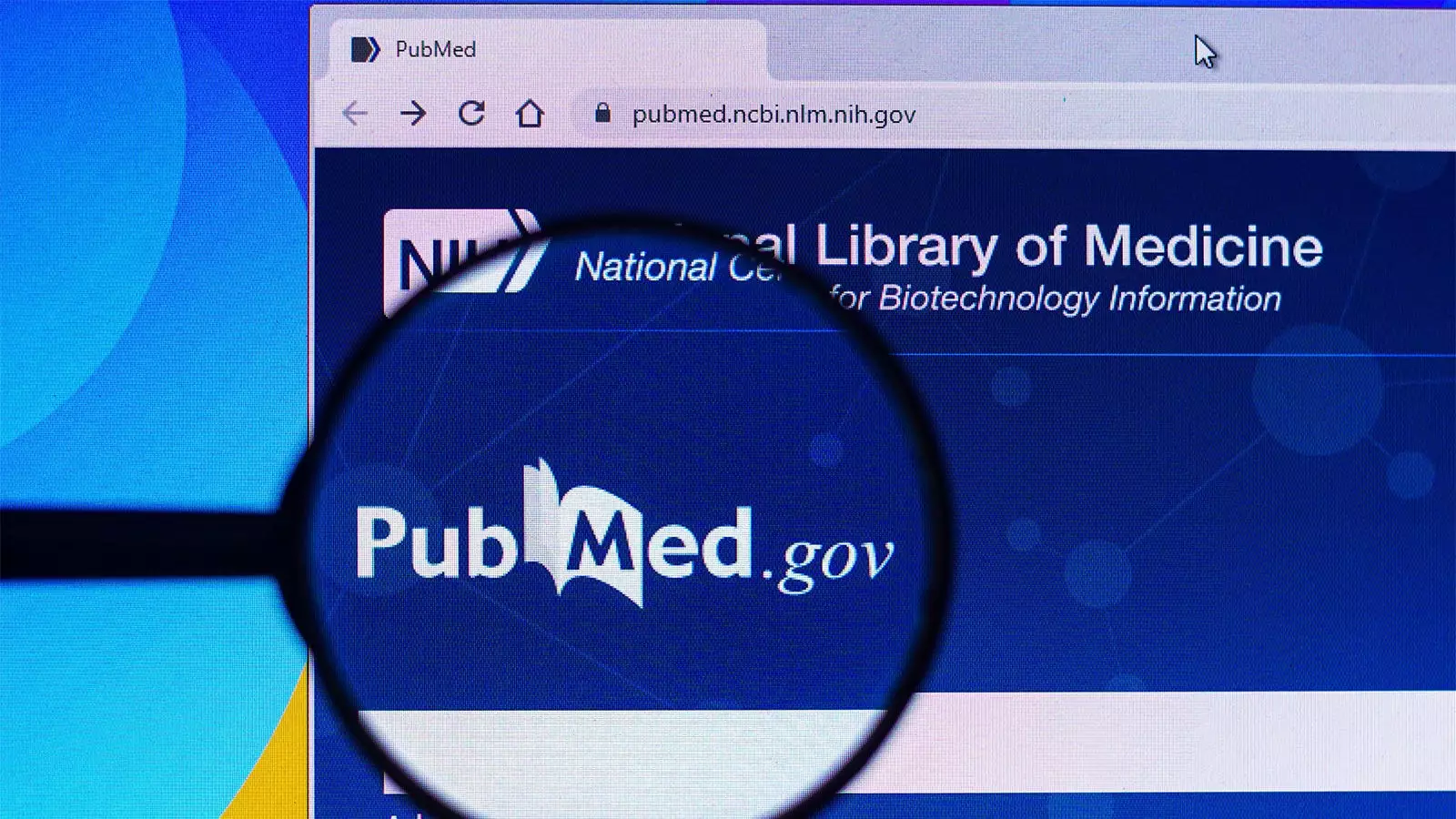The issue of conflicts of interest (COIs) within the scientific community has garnered increased attention in recent years. Researchers, institutions, and journals face increasing pressure to mitigate the effects of COIs on scientific integrity and public trust. Despite improvements in reporting standards, a recent cross-sectional study highlights the ongoing gaps in the utilization of a voluntary field for COI statements in abstracts on PubMed. This revelation calls for critical reflection on the practices adopted by scientific journals in an era where transparency is more necessary than ever.
An analysis conducted by Peter Lurie, MD, MPH, and his team from the Center for Science in the Public Interest, examined over 7,000 journals indexed on PubMed. They discovered that while the percentage of journals that posted at least one COI statement rose from 25.9% in 2016 to 33.2% in 2021, most journals remain conspicuously negligent in this regard. This modest improvement becomes even more significant when dissected at the article level. Among the approximately 400,000 articles published annually, there was a leap in reported COI statements from 9% in 2016 to an impressive 43% in 2021. However, this still implies that a substantial portion of published work fails to disclose potential conflicts adequately.
The study also illuminated transparency trends among well-regarded journals. In reviewing the top 40 journals based on their impact factor, Lurie noted that just 30.2% of articles published between 2021 and 2022 contained COI statements. Within this subset, only about 63.3% utilized the designated field for COI disclosures provided by PubMed. This statistic starkly illustrates that even the most prestigious journals are not fully embracing practices that foster transparency and accountability.
The study’s findings raise crucial questions about why journals are not harnessing the resources that have been made available to them. According to Lurie, one prevalent issue is that many journals lack engagement with the specific COI field provided by PubMed, despite the straightforward process for integration. This oversight might stem from a range of causes, including differing publication standards, managerial practices, or outright neglect of established protocols.
The investigation revealed that some journals may occasionally transfer COI data to PubMed, but this practice is inconsistent. Lurie pointed to a third possibility whereby COIs noted in a journal’s published version do not reach PubMed, resulting in a failure to maintain an accurate record of potential conflicts. This disconnect creates a convoluted landscape for understanding the financial and personal interests that may impact research conclusions.
A critical component of this issue is the inconsistency in how journals collect and report information. While some journals adhere to standardized processes, many employ idiosyncratic methods that potentially obfuscate real conflicts and hinder transparency. For researchers and stakeholders alike, this inconsistency generates confusion and can lead to distrust concerning the credibility of published studies.
As the study underscores, the primary obstacle lies in the lack of uniformity in reporting COIs. Lurie emphasized the need for existing codes and guidelines that can assist journals in improving their practices. There is an apparent gap in outreach from the National Library of Medicine aimed at journals that have yet to engage fully with the COI field. By increasing awareness and advocating for consistent practices, the potential for heightened transparency on platforms like PubMed can be realized.
The responsibility for improving COI reporting lies not only with journals but also with researchers, institutions, and publishers. By fostering a culture that values transparency and ethical standards, the scientific community can strive for better reporting compliance. Greater communication between journals and organizations such as the National Library of Medicine may fill the substantive gap that currently exists.
As the dialogue surrounding COIs in science evolves, the findings from Lurie’s research spotlight urgent shortcomings in current practices. While there have been improvements in the posting of COI statements on PubMed, the rate of utilization remains disappointingly low. A clear call to action arises from the need for greater consistency, awareness, and engagement among scientific journals. Only through concerted efforts can the integrity of scientific research be preserved and restored in the eyes of the public and the broader scholarly community. Enhanced transparency in reporting COIs is not a mere recommendation; it is an imperative for the ethical advancement of science.


Leave a Reply